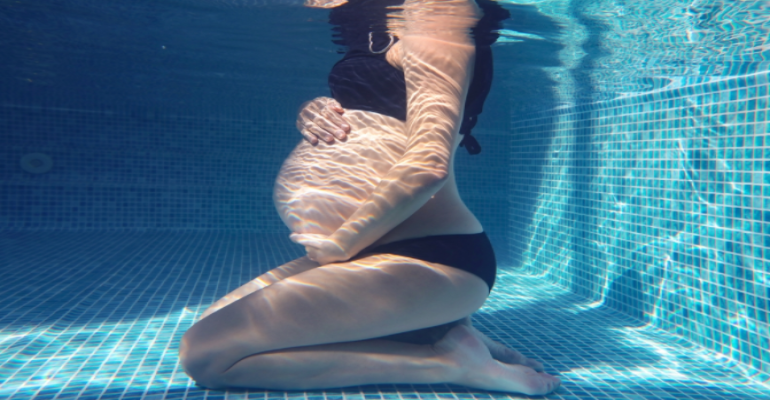
Water Birth
Water birth has become increasingly popular in recent times. The birth takes place in a specially designed tub filled with water. The water in the tub should be at 37 degrees Celsius. This helps relax the mother’s muscles, reduce stress levels, and allows the birth to happen in the most natural way possible.
Known as hydrotherapy, water birth offers advantages for both the baby and the mother. In this birthing method, the mother not only relaxes and easily passes through a normal delivery process but also the baby’s adaptation to the outside world, after spending nine months in the womb surrounded by fluid, is facilitated.
The water technique increases blood flow, which relaxes and regulates contractions within the uterus. The effect of warm water also minimizes the risk of vaginal tearing during delivery. It is very important that this is done in fully equipped hospitals by an experienced team.
What are the advantages of water birth?
The most important advantage of water birth is that it supports natural delivery and reduces the stress level of the mother.
It also provides a gentler transition for the baby from the womb to the outside environment. Since the baby is exposed to less trauma, the adaptation process becomes easier.
- Water birth alleviates labor pains.
- It reduces stress levels for both the mother and baby.
- Body weight feels lighter due to the buoyancy of the water, allowing the mother to move more freely and manage the birth comfortably.
- The duration of labor is shortened.
- Increased endorphin release has been observed, resulting in less perceived pain.
- The risk of episiotomy (vaginal incision) is reduced.
- Risks associated with interventions like induced labor are decreased.
How is water birth performed?
Before the water birth, all health checks of the mother are completed. It is assessed whether the mother and baby are suitable for water birth. All pregnant women who are eligible for a normal birth can use this method.
Water birth is not recommended for multiple pregnancies or pregnancies under 37 weeks.
If the mother has an active infection or vaginal bleeding, water birth is not an option. It is also avoided if the baby is not positioned properly for birth or if the birth weight is high. If all conditions are met, the mother is allowed to proceed with water birth.
It is crucial that the chosen hospital has the appropriate facilities and that the team is trained and experienced to ensure the health of both mother and baby.

